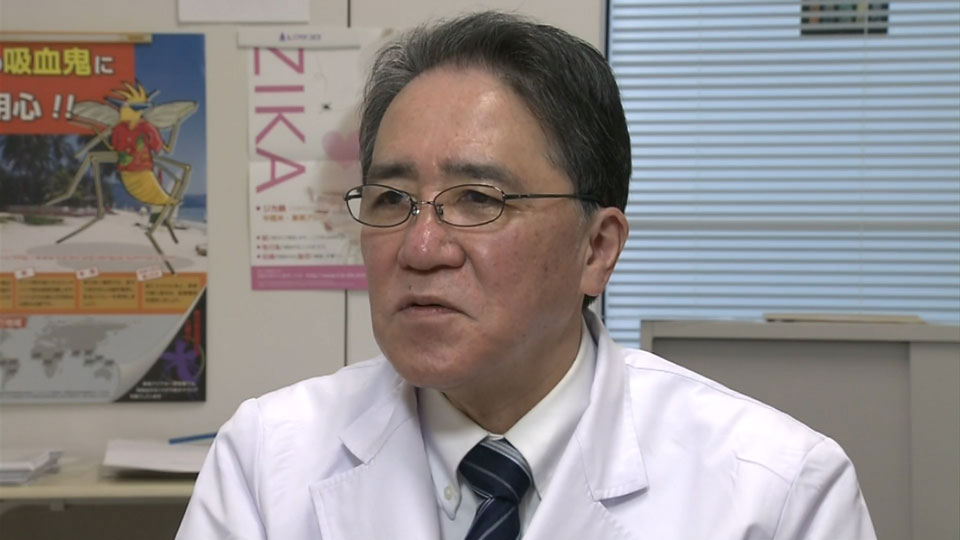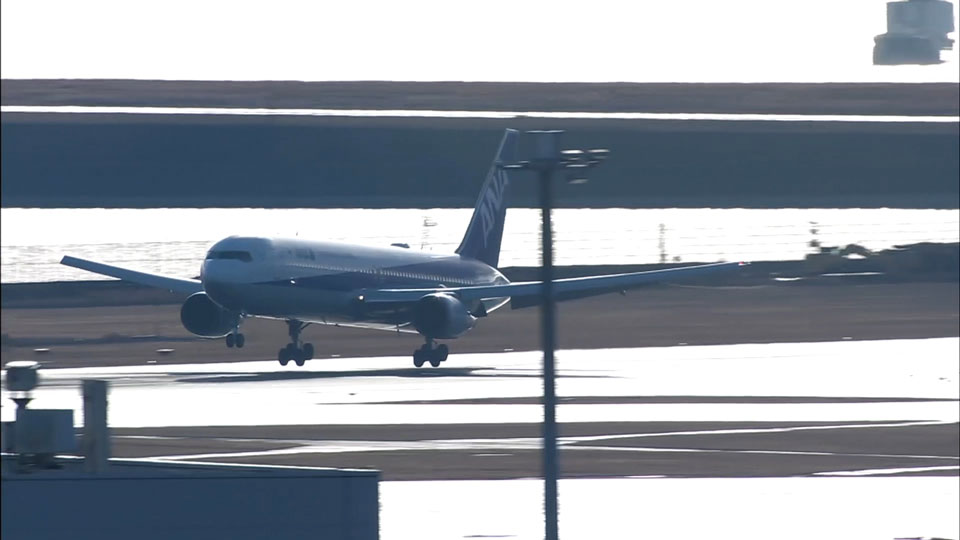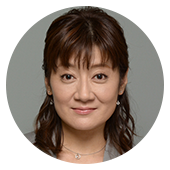Authorities in Japan have just confirmed the first case of infection of a Japanese national who had not been to the Chinese city of Wuhan, where the virus broke out. Government and health officials are being urged to take more action to contain the spread.
Infected on a tour bus?
Health ministry officials told news media on Tuesday night that the latest Japanese infected is a man in his 60s from Nara Prefecture in western Japan. They said he is a tour bus driver who had been driving a group of visitors from Wuhan from January 8 to 11, and again from January 12 to 16.
He had complained of symptoms including chills and coughing on January 14. He went to a local hospital three days later for a check-up and nothing was found. But he began to suffer from arthritic pain on the 22nd and his cough worsened. He was admitted to hospital on the 25th and confirmed 3 days later to have the new coronavirus. He remains in hospital but is reported to be getting better.
Health officials say it is highly likely that he was infected by a visitor from Wuhan on the bus. They say no one in the tour group was found to have symptoms of pneumonia, but that it's possible the infected visitor was not showing symptoms.
Nara Prefecture officials on Wednesday revealed the route of the tour bus. It started out from Narita airport near Tokyo and traveled to Nara Park, known for its roaming deer, considered national treasures.
Professor Atsuo Hamada of Tokyo Medical University Hospital says some people who are infected are entering Japan, so, it is reasonable to assume that they will infect others in the country in a second-generation spread. He says a third-generation contraction of the virus would be a new phase in human-to-human infection.

Officials on high alert
The government has added the new coronavirus illness to its list of designated infectious diseases, a move not seen since the Middle East Respiratory Syndrome-related coronavirus outbreak six years ago.
That means people infected can be forcibly hospitalized. They will be instructed to leave work for a period and all their medical costs will be covered by public funding. The health ministry started a telephone counseling service on Tuesday to respond to public concerns.
Airports and seaports nationwide are speeding up the process of identifying those infected. Testing for the virus will be conducted at 13 quarantine stations, including Narita and Haneda airports. People who have traveled to Wuhan and have a fever and other symptoms on arrival will be tested.
Evacuation from the hotspot
The government is also trying to help Japanese in Wuhan get home. The first chartered plane carrying 206 people from the city arrived at Tokyo's Haneda Airport on Wednesday morning.

Health ministry officials say some on the flight have complained of fever, coughing and other symptoms. The Tokyo Metropolitan Government says five people ranging in age from 30 to 50 have been taken to hospital. Three are reported to have fever around the 37-degree level.
The government says it is arranging to charter more planes to repatriate all nationals who want to return home.
Health ministry officials say all those arriving will be tested for the new coronavirus, regardless of whether they are exhibiting symptoms.

